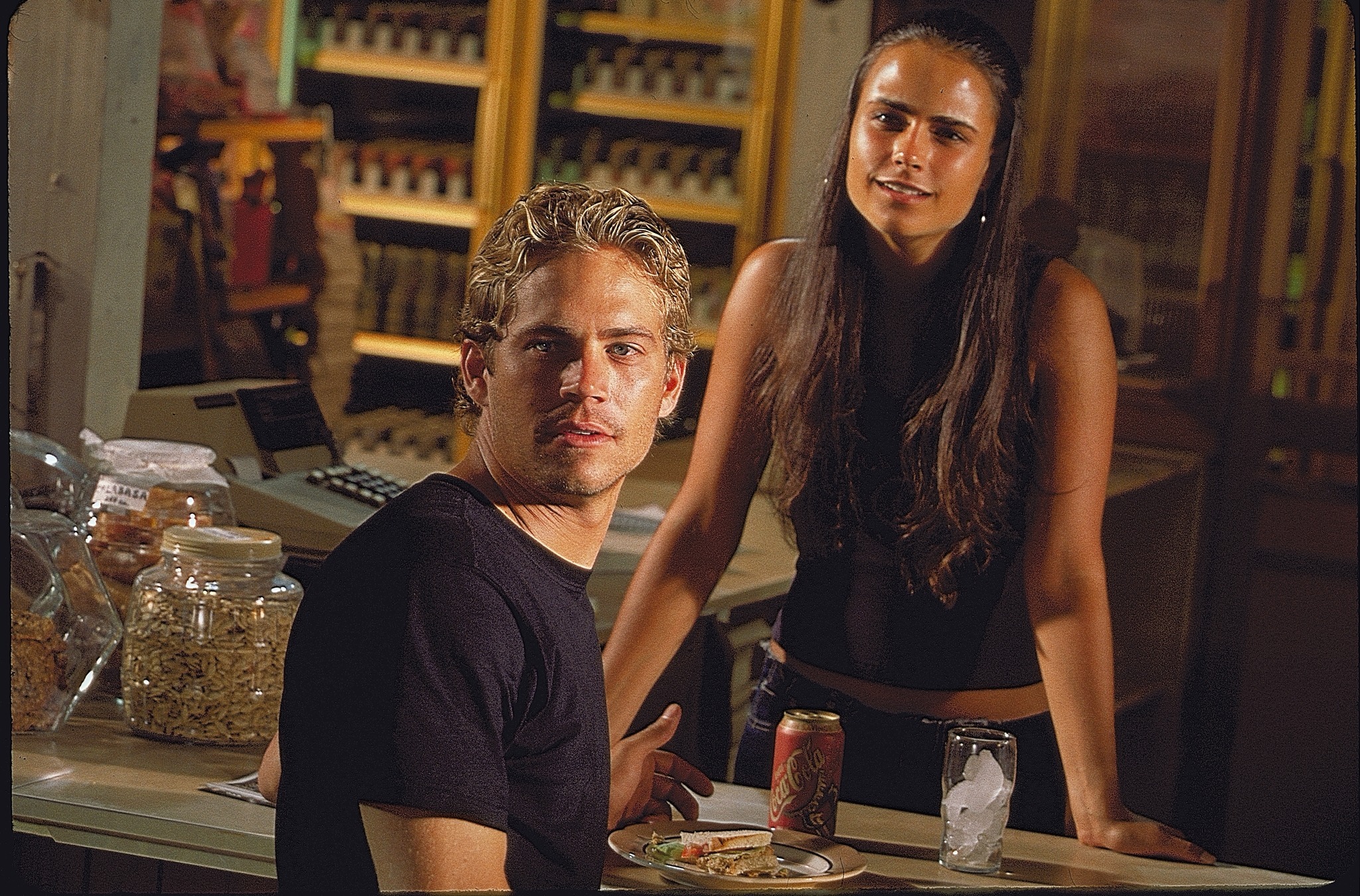The Fast and the Furious (2001)

The Fast and the Furious, directed by Rob Cohen and released in 2001, is a groundbreaking action film that set the stage for one of the most successful and enduring franchises in cinematic history. Written by Gary Scott Thompson and David Ayer, the film combines high-octane car chases, dynamic action sequences, and a compelling story to create a thrilling and memorable cinematic experience. This essay will explore the film’s impact, thematic elements, and its role in launching a franchise that has become a cultural phenomenon.
At its core, The Fast and the Furious revolves around the underground world of illegal street racing in Los Angeles. The film introduces audiences to Brian O’Conner, played by Paul Walker, a young and ambitious cop who goes undercover to investigate a series of high-profile truck hijackings. To infiltrate the world of street racing and find the perpetrators, Brian becomes involved with Dominic Toretto, portrayed by Vin Diesel, a charismatic and skilled racer who leads a tight-knit crew engaged in illegal activities.
The central conflict of the film revolves around Brian’s dual identity as both an undercover officer and a participant in the street racing community. As Brian gains the trust of Dominic and his crew, he becomes increasingly conflicted about his loyalties and the consequences of his actions. The film explores themes of identity, trust, and the tension between duty and personal connections, adding depth to its high-octane action sequences.
Vin Diesel’s portrayal of Dominic Toretto is a standout element of the film. Diesel brings a rugged intensity and charisma to the character, embodying the role of a skilled racer with a strong sense of family and loyalty. His performance establishes Dominic as a formidable and memorable character, whose complex personality and code of honor are central to the film’s narrative.
Paul Walker’s portrayal of Brian O’Conner complements Diesel’s performance, providing a dynamic and engaging counterpoint. Walker’s portrayal of Brian captures the character’s earnestness and internal struggle, as he grapples with his role as both a law enforcement officer and a member of the racing community. The chemistry between Walker and Diesel is a key factor in the film’s success, driving the emotional and dramatic elements of the story.

The film’s direction by Rob Cohen is marked by its dynamic and visually striking action sequences. Cohen’s use of high-speed car chases, innovative camera angles, and dramatic lighting enhances the excitement and intensity of the racing scenes. The film’s visual style, combined with its pulsating soundtrack, creates a sense of adrenaline and urgency that propels the narrative forward and immerses the audience in the world of street racing.
The screenplay, crafted by Gary Scott Thompson and David Ayer, effectively balances action with character development. The film’s dialogue and narrative structure allow for the exploration of complex themes, such as the nature of family, the pursuit of personal goals, and the consequences of living a double life. The character-driven elements of the story add depth to the high-octane action, making the film more than just a series of thrilling sequences.

The Fast and the Furious also stands out for its depiction of the street racing culture and the subculture surrounding it. The film captures the excitement and allure of street racing while also highlighting the risks and consequences associated with illegal activities. By presenting a detailed and immersive portrayal of this world, the film connects with audiences and provides an authentic glimpse into a subculture that was relatively unexplored in mainstream cinema.
The film’s success at the box office and its positive reception from audiences paved the way for the expansion of the franchise. The Fast and the Furious not only launched a series of sequels and spin-offs but also established a lasting cultural impact. The franchise has evolved over the years, incorporating new characters, settings, and storylines, while maintaining the core elements that made the original film so engaging.

In conclusion, The Fast and the Furious (2001) is a landmark film in the action genre that combines thrilling car chases, dynamic performances, and a compelling story to create an unforgettable cinematic experience. Directed by Rob Cohen and written by Gary Scott Thompson and David Ayer, the film introduces audiences to a world of high-stakes street racing and complex character dynamics. Through its innovative action sequences, strong performances, and exploration of themes such as identity and loyalty, The Fast and the Furious sets the stage for a successful and enduring franchise that continues to captivate audiences worldwide. Its impact on the genre and its contribution to cinematic culture ensure its place as a significant and influential film in modern cinema.











